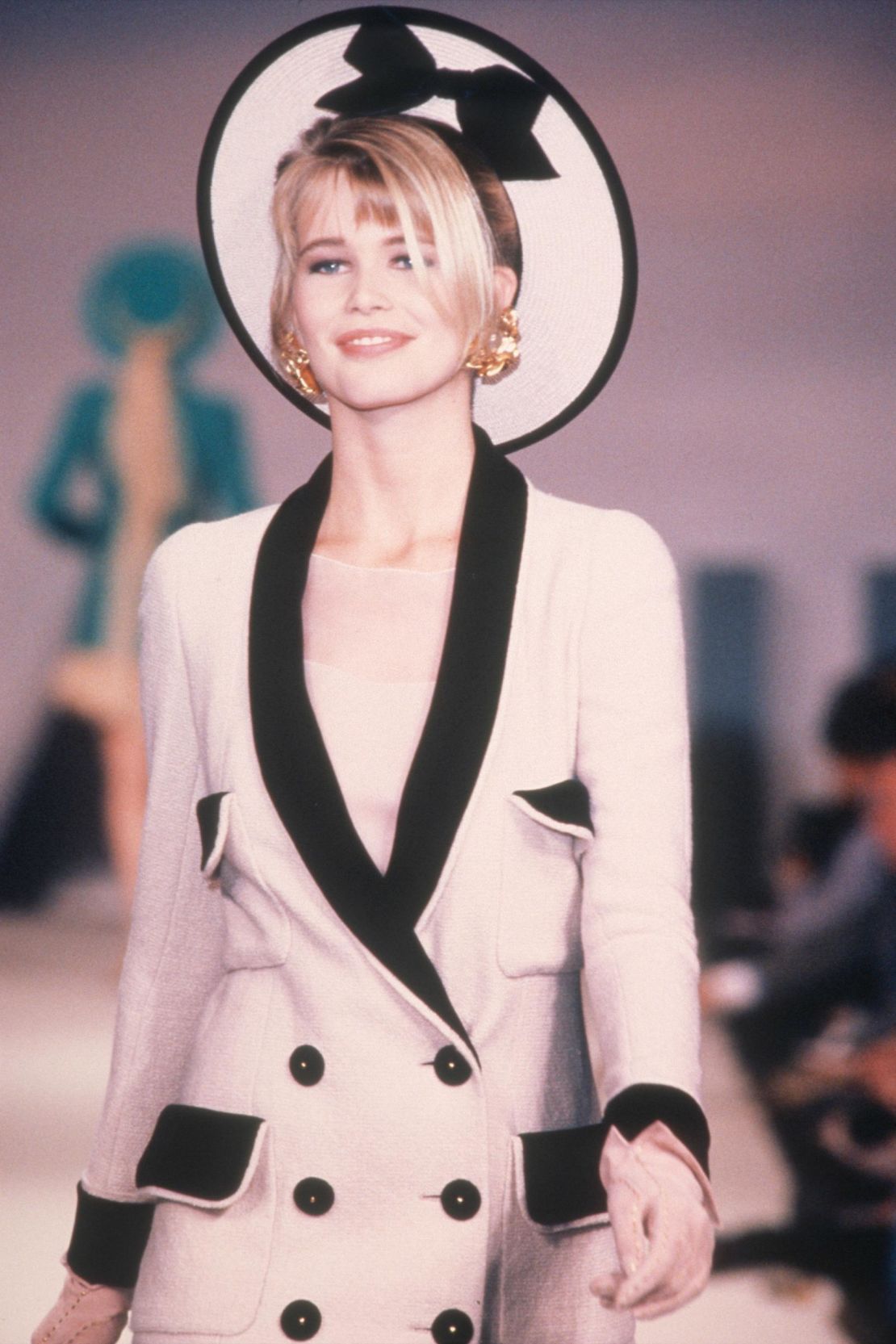Gabrielle Bonheur “Coco” Chanel, born in 1883 in Saumur, France, emerged from humble beginnings to become a revolutionary figure in the world of fashion. Orphaned at a young age and raised in a convent, Chanel’s early experiences shaped her minimalist aesthetic and independent spirit. Her nickname, “Coco,” originated from her brief singing career in cabarets where she performed for French military officers. These formative years not only imbued her with resilience but also inspired her distinctive approach to redefining women’s clothing.
Chanel’s Ascendance in the Fashion Industry
Coco Chanel began her journey in the fashion world as a hat maker, establishing her initial boutique in Paris during 1910. Her hat designs swiftly captured the interest of Parisian ladies due to their understated yet sophisticated appeal, a stark departure from the elaborate headwear prevalent at the time. By 1913, she broadened her reach to Deauville and Biarritz, locations where her concept of comfortable, functional attire for women truly materialized. In contrast to the restrictive corsets and voluminous layers that impeded movement, Chanel pioneered knitwear, jersey material, and athletic-inspired styles, thereby freeing women both physically and fashionably.
Landmark Achievements and Breakthroughs
Central to Chanel’s enduring legacy are her groundbreaking innovations, which profoundly altered notions of beauty and femininity. She famously introduced the “little black dress,” now considered an essential item in any wardrobe. Its initial appearance in 1926 in American Vogue hailed the garment as a universal uniform for women across all social strata and preferences, thereby democratizing fashion and epitomizing sophisticated simplicity.
Chanel reimagined the suit for women, launching the Chanel suit in 1925. Featuring a collarless jacket and matching skirt, often in tweed, it eliminated restrictive boning and utilized comfortable linings. This ensemble challenged gender norms and became synonymous with modern elegance, worn by influential figures including Jacqueline Kennedy and Princess Diana.
A Lasting Impact on Fashion and Modeling
Another pivotal element of Chanel’s enduring influence is her groundbreaking perfume, Chanel No. 5. Launched in 1921, this fragrance marked one of the initial instances of a designer’s name gracing a perfume. Comprising more than eighty components, its abstract, aldehydic structure diverged from conventional single-floral aromas, embodying opulence and autonomy. The fragrance’s extensive acclaim was further cemented by Marilyn Monroe, who famously stated that her only bedtime attire consisted of a few drops of Chanel No. 5.
Her enduring influence also uplifted the status of costume jewelry, as she incorporated faux pearls, glass, and gold-hued metals alongside authentic gemstones, thereby making stylish adornments attainable for a wider demographic. Multiple strands of necklaces, bracelets, pins, and her renowned intertwined “CC” emblem have evolved into a recognizable symbol of refined elegance.

